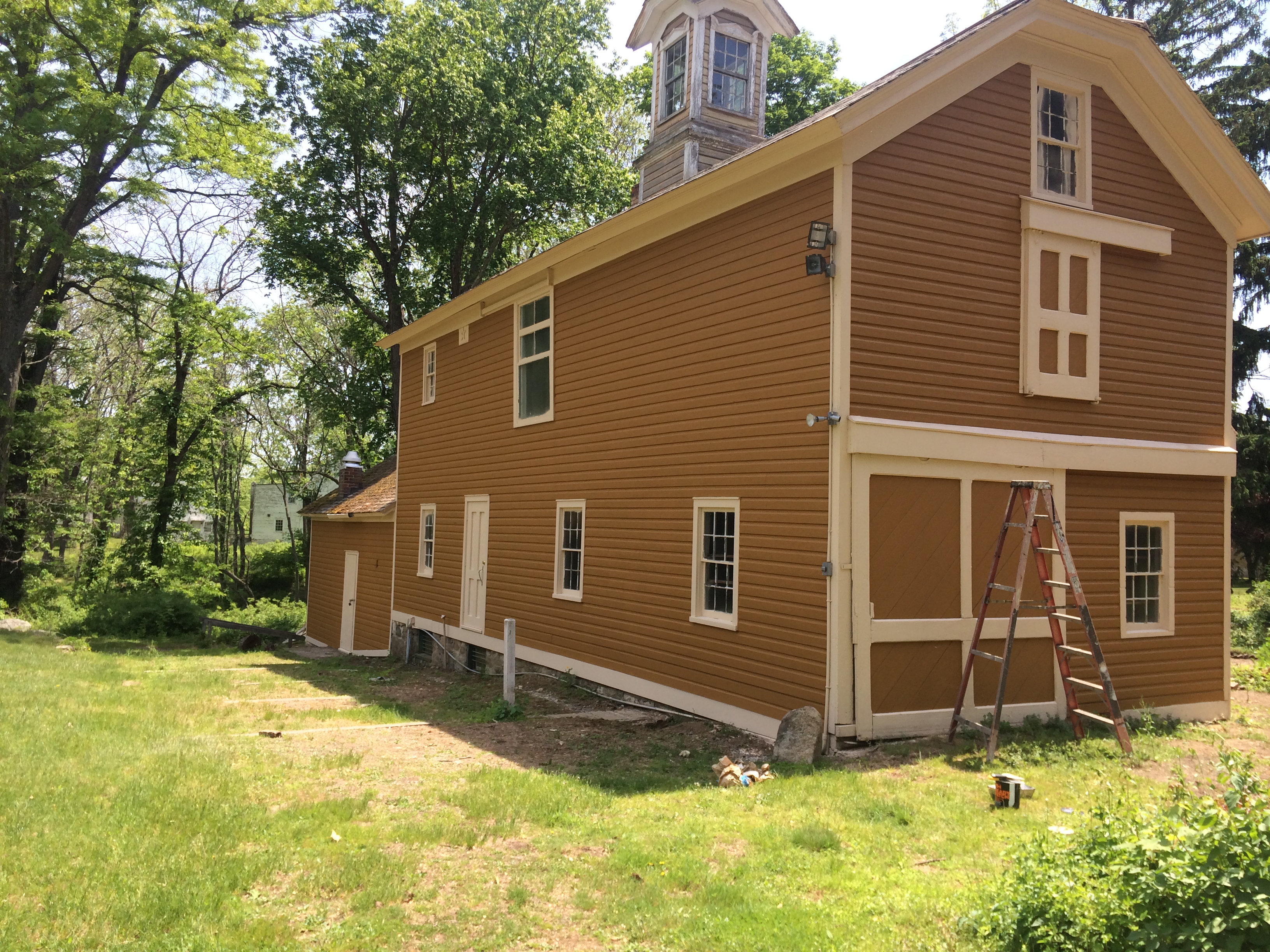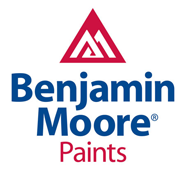The secret to a durable, long-lasting coating lies in perfect surface preparation.
A beautiful coat of paint can transform a property, but what ensures that vibrant color and protective layer stand the test of time? The answer isn’t just in the quality of the paint—it’s in the preparation of the surface beneath. For many industrial, commercial, and even residential projects, the most effective preparation method is sandblasting and painting. This powerful duo cleans, profiles, and primes surfaces for a finish that is not only visually stunning but also incredibly durable. Without proper surface prep, even the most advanced coating system is destined to fail.
For property managers and homeowners in Red Bank, NJ, understanding this crucial first step can mean the difference between a paint job that lasts for years and one that fails prematurely. Here, we’ll explore why combining professional sandblasting with expert painting is the gold standard for achieving a superior and lasting finish on any project.
What is Sandblasting and Why Is It Essential?
Sandblasting, also known as abrasive blasting, is a surface preparation technique that uses a high-pressure stream of abrasive material to clean and profile a surface. Think of it as an industrial-strength exfoliation that strips away all impurities, leaving behind a pristine base. This process effectively removes:
- Old, failing paint and coatings
- Rust and corrosion
- Mill scale, grease, and oil
- Surface contaminants and built-up grime
But sandblasting does more than just clean. It creates a specific “surface profile” or “anchor pattern”—a uniform roughness that dramatically increases the surface area. This texture allows the new primer and paint to grip the surface, creating a powerful mechanical bond that is essential for long-term adhesion. A coating applied to a poorly prepared surface may peel, crack, or fail, but one applied to a professionally blasted surface will last significantly longer.
The Unbeatable Benefits of Combined Sandblasting and Painting
1. Superior Adhesion and Longevity
The primary benefit of sandblasting before painting is unparalleled adhesion. The clean, textured surface allows the paint to form a much stronger bond than it could on a smooth or contaminated surface. This leads to a finish that is highly resistant to chipping, peeling, and blistering, extending the life of your investment and reducing long-term maintenance costs.
2. Complete Removal of Contaminants
Hidden contaminants like rust, oils, and salts can compromise a new paint job from beneath, causing it to fail prematurely. Sandblasting is exceptionally effective at removing all traces of these destructive elements, ensuring the surface is completely inert and ready for coating. This thorough cleaning is especially important for industrial equipment and metal structures exposed to harsh environments.
3. Efficiency and Speed
Compared to manual methods like scraping, sanding, or chemical stripping, sandblasting is incredibly fast and efficient. What could take days of manual labor can often be accomplished in a fraction of the time, minimizing downtime for commercial facilities and speeding up project timelines for residential painting.
4. Versatility for Different Materials
Professional sandblasting isn’t a one-size-fits-all process. The type of abrasive media can be tailored to the specific substrate. Harder media like steel grit is used for robust steel surfaces, while gentler options like crushed glass or even walnut shells can be used for more delicate materials, including certain types of masonry or in historic restoration projects. This adaptability makes it suitable for a wide range of applications, from industrial tanks to historic brick facades.
Choosing the Right Abrasive: A Key to Success
The success of a sandblasting project depends heavily on selecting the correct abrasive media. Different materials create different surface profiles and are suited for different substrates. Here’s a quick comparison of common media:
| Abrasive Media | Best For | Key Characteristics |
|---|---|---|
| Steel Grit / Shot | Heavy-duty steel, rust and mill scale removal | Aggressive, fast, and reusable. Creates a deep anchor profile. |
| Aluminum Oxide | Metal, glass, and wood finishing | Very hard and sharp, reusable, creates a clean, textured surface. |
| Crushed Glass | Concrete, steel, paint removal | Eco-friendly (recycled), low dust, effective for profiling. |
| Walnut Shells | Soft woods, plastics, delicate surfaces | Gentle, biodegradable, cleans without damaging the substrate. |
An experienced sandblasting and painting contractor will assess the specific needs of your project to choose the optimal media, ensuring a perfect finish without damaging the underlying material.
Local Expertise in Red Bank, New Jersey
In coastal areas like Red Bank, properties face unique challenges from salt, moisture, and fluctuating weather conditions. These elements accelerate corrosion on metal surfaces and cause paint to degrade more quickly. For local commercial painting and industrial projects, sandblasting is not just beneficial—it’s often a necessity. It provides the robust surface preparation needed to apply coatings that can withstand the demanding coastal environment.
For over three decades, Spectra Painting has been serving New Jersey with high-quality surface preparation and coating services. We understand the local climate and the specific requirements needed to protect your commercial and residential properties, from industrial facilities in Tinton Falls to historic homes in Red Bank.
Ready for a Finish That Lasts?
Don’t compromise on the quality and longevity of your next painting project. Ensure a flawless, durable finish with professional sandblasting and painting services from Spectra Painting. Our experienced team is ready to tackle projects of any scale.
Frequently Asked Questions
Is sandblasting safe for all surfaces?
While incredibly effective, sandblasting requires professional expertise to be performed safely. The pressure and abrasive media must be carefully selected for the specific surface to avoid damage. Softer materials like wood or historic brick require gentler methods, such as using soda or walnut shells as media. An experienced contractor will know exactly how to treat your surface without causing harm.
How does sandblasting compare to pressure washing?
Pressure washing uses high-pressure water to remove dirt, grime, and loose paint. It is a good cleaning method but does not typically remove tightly bonded rust or create the surface profile needed for optimal paint adhesion. Sandblasting is a more aggressive preparation method that both cleans and texturizes the surface, making it superior for coatings that require a strong mechanical bond.
Is the process messy?
Professional sandblasting involves containment measures to control dust and debris. At Spectra Painting, our crews use full environmental containment systems and follow strict protocols to minimize the impact on the surrounding area and ensure a clean, safe job site.
When is sandblasting necessary for a painting project?
Sandblasting is highly recommended for surfaces with heavy rust or corrosion, failing previous coatings, or when applying high-performance industrial coatings. It is standard practice for preparing structural steel, industrial machinery, tanks, and concrete floors before painting. For any project where durability and longevity are the top priorities, sandblasting is the best first step.






